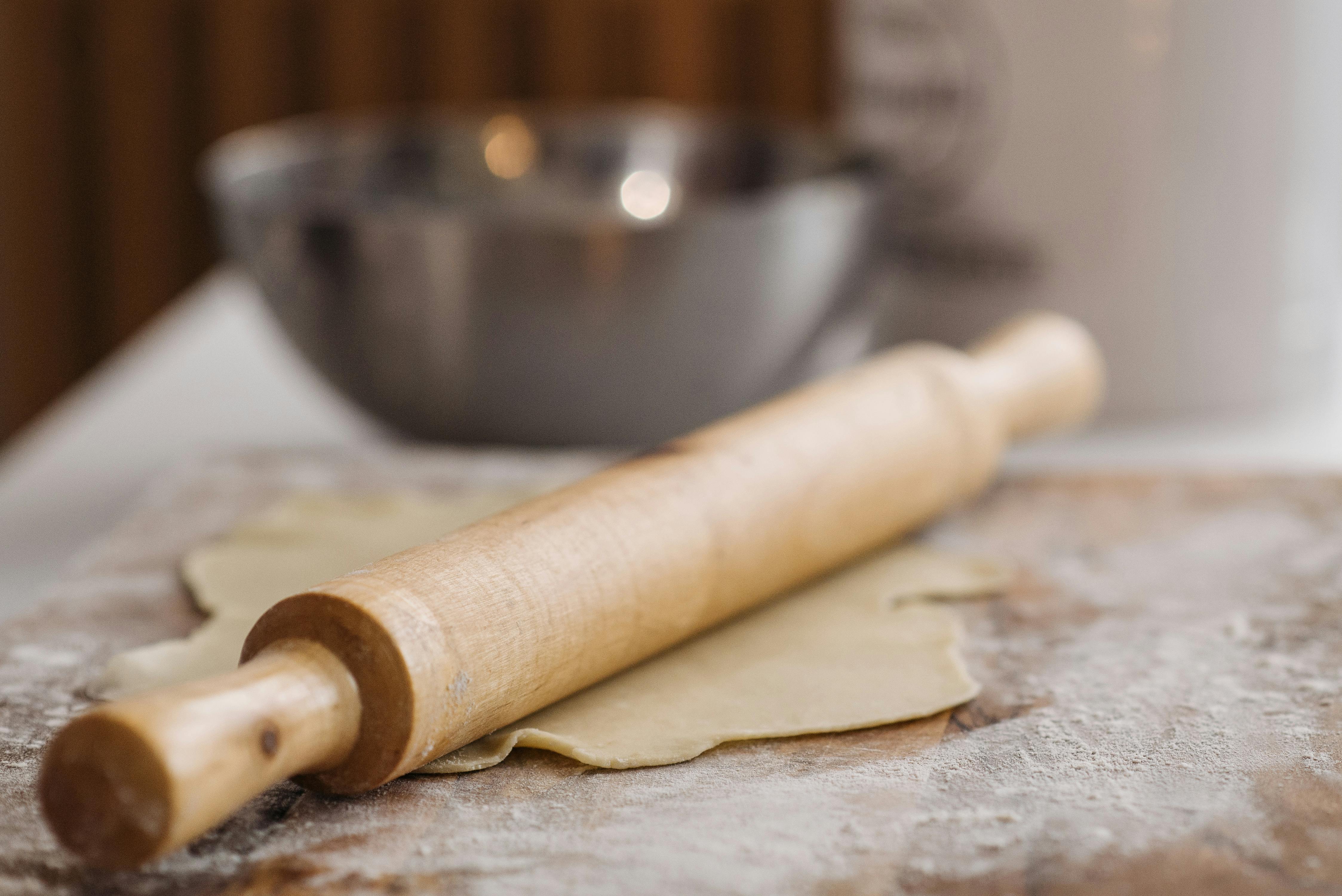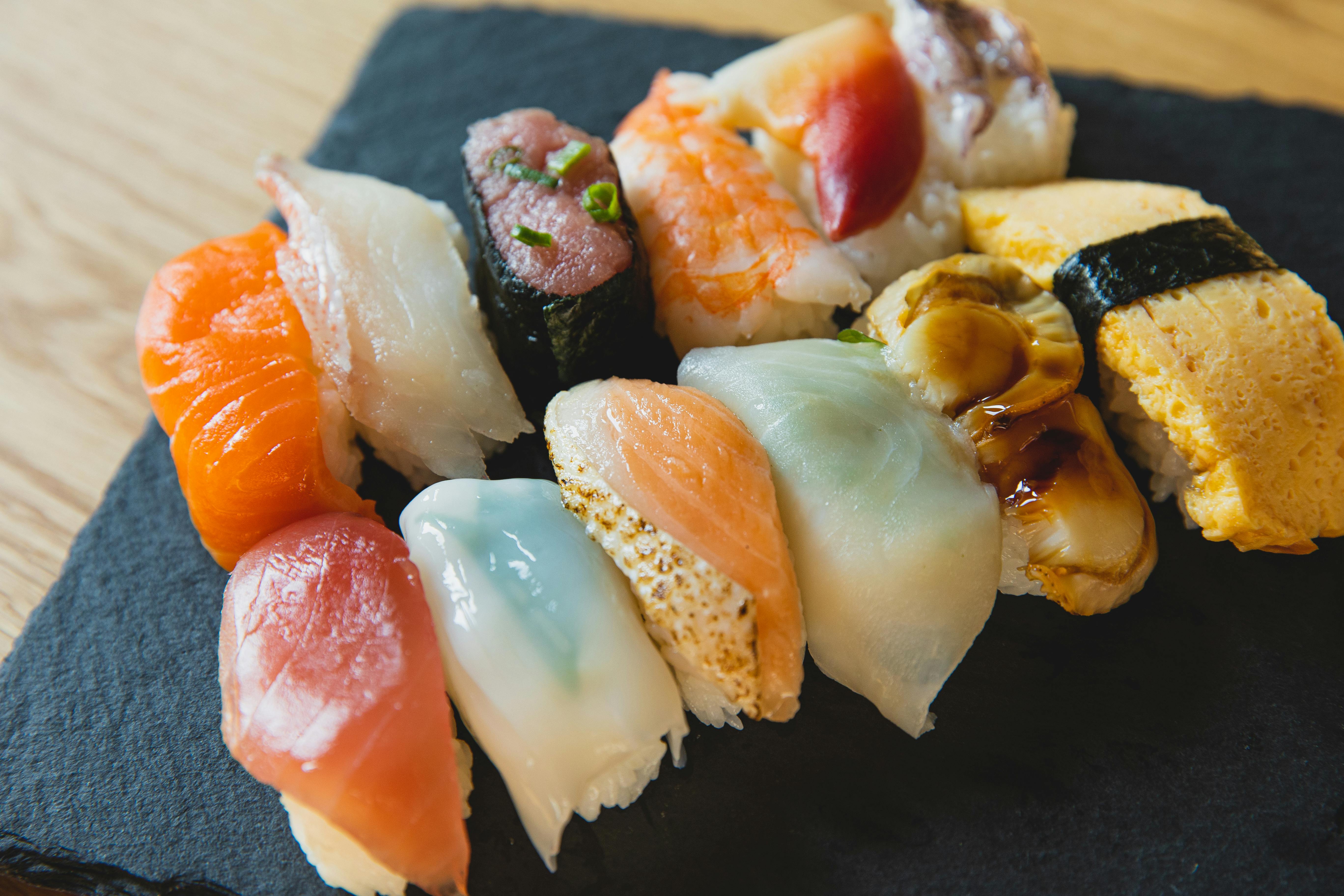Most new kitchen faucets offer single-handle control levers and washerless valves that rarely require maintenance. Finishes range from chrome to brushed nickel to Venetian bronze. All finishes are functional and the options are left to the owners. Newer faucets also offer features like removable spray nozzles and push button controls.
There are many options available today for the consumer looking for a new kitchen faucet. The best place to start your search is your own kitchen sink. In the past, most faucets were designed for a 3- or 4-hole pattern, allowing for a faucet, sprayer, liquid soap dispenser, and/or dishwasher air gap, but today’s faucets Day can be mounted on a sink with a single or 2-hole pattern, or directly on the counter. If you don’t plan to replace the sink along with the new faucet, find a new one that won’t leave open holes in the deck. In general, it’s best to replace it with like for like, however, if you decide to get a new faucet that uses fewer holes, try filling the gaps with soap dispensers or screw caps.
The two most basic faucets are the single-handle and the two-handle model. Single handle models are much more popular now because the water temperature can be adjusted with one hand. Another big difference is the body. Some faucets have the faucets and spout mounted directly to the body, while others have separate faucets and spouts, allowing for any configuration you want, as long as your lines run from the faucets to the spout. This type is best suited for installation in a countertop with an undermount sink. This is common with today’s solid surface, quartz or granite countertops.
Most older faucets almost always came with a separate remote pull-out sprayer. The spray head was attached to the body of the faucet with a hose connected directly below the mixing valve. Although this type of sprayer is common today, most newer faucets have a pull-out sprayer directly on the spout. This makes it very convenient for the homeowner and less prone to failure than older style sprinklers.
Some of the types of faucets available today are high arc single handle faucets with remote spray. The mounting plate, or escutcheon, is decorative and optional. Two-handle faucets are less common, but are still popular with traditional-style sinks and kitchens. Some newer faucets require 3 or 4 holes, allowing for a soap dispenser, separate spray head, and air gap. A single-handle pull-down sprayer faucet requires only one hole, allowing installation in a sink with one or no pre-drilled holes or in a solid surface countertop with an undermount sink.
Kitchen faucets can be connected to hot and cold water lines with easy-to-install, flexible water supply lines constructed of vinyl or braided steel. If your new faucet has a separate sprayer, connect the sprayer before you install the faucet. The connection is much easier before installation than after. Simply pull the sprayer through the sink opening and connect it to the faucet body before installing the faucet.
Where local laws allow, use plastic fittings for drain connections. Most hardware stores offer a wide selection of parts and accessories for almost any setup, from angle stops to P-traps, S-traps, and extensions. Accessory kits are also available to allow a dishwasher and garbage disposal to connect to most drainage systems.
The tools and materials needed for most new faucet installations are an adjustable wrench, bucket wrench, hacksaw, faucet, putty knife, screwdriver, silicone caulk, scouring pad, cleaner, caulk plumbing, flexible vinyl or steel braided supply lines, drain components, and penetrating oil.



